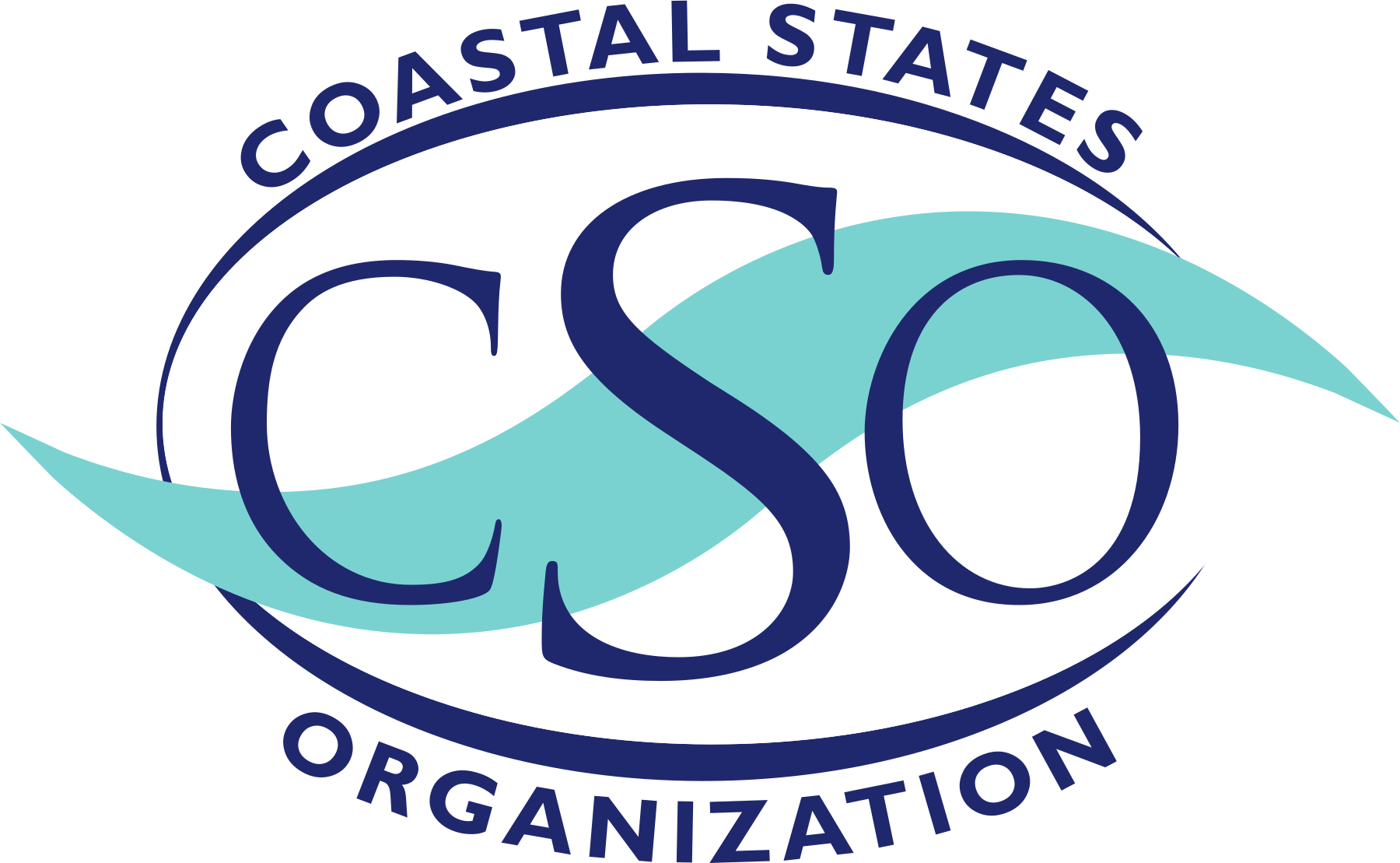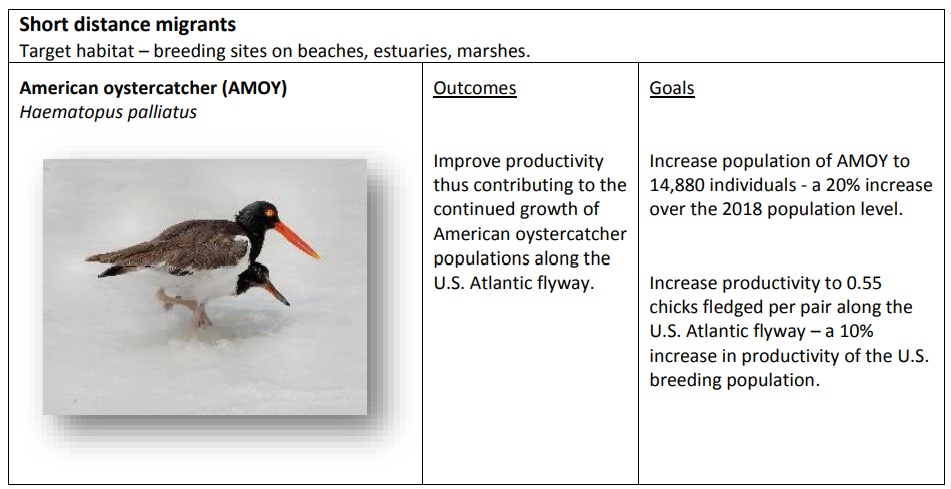Project Profile: Atlantic Flyway Shorebird Project
Project Partners: Manomet and Coastal States Organization
Project Type: Policy and Planning
Project Status: Completed in 2021
Project Region or Location: Atlantic Flyway is the focal area – Maine to Florida, with specific focus on: MA, NJ, DE, VA, SC, GA, and FL.
Outcomes and goals associated with focal species
Project Description:
This project furthers the principles of the Atlantic Flyway Shorebird Initiative – A Business Plan and aims to increase the population of three focal shorebird species within the flyway by 15 to 20 percent over a 10-year period. The Business Plan identifies strategies and resources that can be utilized to improve habitat for shorebirds. To achieve the goals of the initiative, the five strategies outlined are to (1) conserve critical habitat, (2) restore habitat, (3) reduce human disturbance, (4) improve harvest management, and (5) monitor and assess progress. CSO’s actions in support of this effort are designed to convene partners, share information, identify actionable steps, and set a partnered path forward to address habitat loss, predation, and human disturbance.
Stakeholders:
State Coastal Management Programs, State Departments of Natural Resources, Environmental Protection, and Conservation (nongame and regulatory); Federal Agencies – U.S. Army Corps of Engineers, U.S. Fish and Wildlife Services, NOAA National Marine Fisheries Services; Environmental NGOs; Local planners and agency staff; University Researchers
Year 1:
Year one set the stage for future years efforts. CSO reviewed opportunities for Coastal Management Program to adjust enforceable policy that addressed habitat considerations. CSO worked with state partners to develop engaging workshops in four states – Georgia (GA), Virginia (VA), Delaware (DE), and Masschuttshets (MA). The workshops convened Federal, State, Local, and Nonprofit partners to learn about shorebird needs and discuss opportunities to integrate those needs into ongoing project work. Year one project work yielded successes in Georgia and Delaware. Georgia was able to beneficially use sediment for habitat restoration, and Delaware received National Oceanic and Atmospheric Administration and National Fish and Wildlife Federation’s National Coastal Resilience Funding for planning and resilience.
Year 2
Year two continued partnerships with GA, VA, DE, and MA and extended out to a new partner state – New Jersey (NJ). Workshops held discussed completed work and accomplishments and identified new opportunities for the state partners to tackle. It was highly beneficial to have Delaware and NJ at the workshop together to promote information sharing amongst state partners that shares borders.



